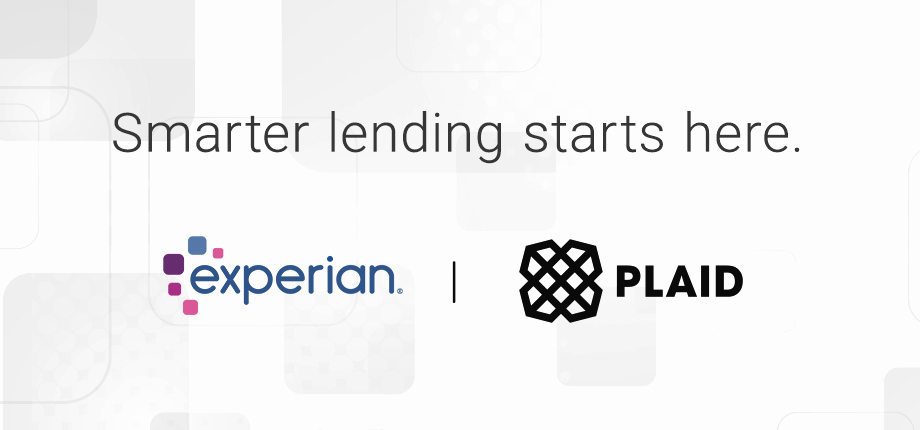By: Kari Michel
Credit risk models are used by almost every lender, and there are many choices to choose from including custom or generic models. With so many choices how do you know what is best for your portfolio? Custom models provide the strongest risk prediction and are developed using an organization’s own data. For many organizations, custom models may not be an option due to the size of the portfolio (may be too small), lack of data including not enough bads, time constraints, and/or lack of resources.
If a custom model is not an option for your organization, generic bureau scoring models are a very powerful alternative for predicting risk. But how can you understand if your current scoring model is the best option for you? You may be using a generic model today and you hear about a new generic model, for example the VantageScore® credit score. How do you determine if the new model is more predictive than your current model for your portfolio? The best way to understand if the new model is more predictive is to do a head-to-head comparison – a validation. A validation requires a sample of accounts from your portfolio including performance flags. An archive is pulled from the credit reporting agency and both scores are calculated from the same time period and a performance chart is created to show the comparison.
There are two key performance metrics that are used to determine the strength of the model. The KS (Komogorov-Smirnov) is a statistical term that measures the maximum difference between the bad and good cumulative score distribution. The KS range is from 0% to 100%, with the higher the KS the stronger the model. The second measurement uses the bad capture rate in the bottom 5%, 10% or 15% of the score range.
A stronger model will provide better risk prediction and allow an organization to make better risk decisions. Overall, when stronger scoring models are used, organizations will be best prepared to decrease their bad rates and have a more profitable portfolio.


